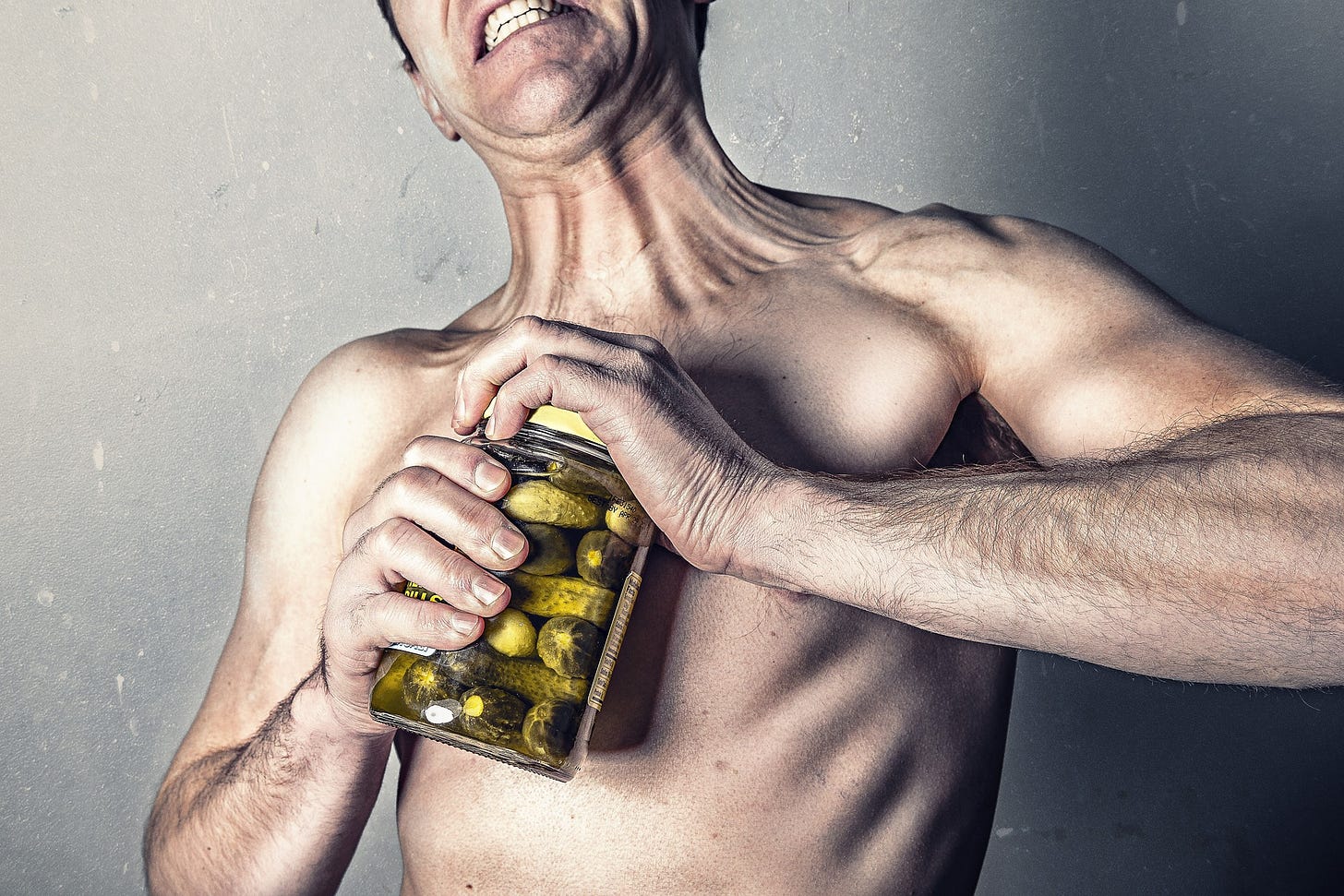How to Maintain Body Strength as You Age
Muscle and bone loss are not inevitable
I listened to a fascinating BBC Food Programme podcast the other day. It was called Eating Wild and was hosted by food journalist Dan Saladino.
image
It was fascinating in several ways, not least because it offered a glimpse into how a traditional, ancestral diet may be the key to healthy ageing.
In this half hour programme, Saladino talks to British explorer and “chef adventurer” Mike Keen. Mike, 54, undertook a 3,000 km solo expedition, kayaking from south to north up the west coast of Greenland. During this three-month venture, he followed a Greenlandic Inuit diet consisting of virtually 100% protein and fat. Apart from a little seaweed early on, he ate no carbohydrates on this diet.
Hearing that immediately got my attention. I have a particular interest in the diets of indigenous and tribal peoples: they are entirely at odds with the dietary guidelines issued to us in our industrialised societies. This was the kind of diet that would see you off in no time, according to those guidelines.
Among the many health problems that are common to us here in the West is sarcopenia, age-related loss of muscle and function. Weak muscles can lead to a fall, and a fall can lead to a fracture. Bone loss is also a feature of the ageing Westerner.
Sarcopenia can begin as early as 40, and over time result in 50% or more loss of muscle strength.
It isn’t a given that you will lose muscle and bone with the passing of years, but prevention requires effort. To maintain physical strength, you need to up your game. That means more protein. Despite, or perhaps because of, the official guidelines, the greatest loss of muscle mass occurs in elderly people who eat a low protein diet.
That’s because the older you get, the less your ability to digest and absorb amino acids, the “building blocks” of protein structures, including muscle and bone.
Despite his lethal diet, Mike not only survived, he thrived. For three months he kayaked for up to seven hours a day, covering as much as fifty kilometres. He camped rough, or stayed in hunters cabins and settlements. Even though he had to endure bitter sub-zero temperatures, Mike found that he was not eating as much as usual. He describes how he felt “full of energy”, something he ascribed to the nutrient density of his food.
His nutrient-dense diet consisted mainly of sea mammals and fish. A staple was capelin, a small fish that is a found in the North Atlantic, North Pacific and Arctic oceans. But most loved of all was was the “unctuous” wolf fish liver, which Mike described as one of his favourite foods ever (must try). Dried fish was a standby when fresh was unavailable. Also on the menu was seal steak, seal liver, blubber, scallops, and seabird eggs. There was also the ripe-sounding traditional speciality kiviaq, the hollowed-out carcass of a seal, stuffed with small seabirds and buried under rocks to be left to ferment for several months.
Fermentation (or “controlled rotting”, as Mike calls it) may be on culinary trend right now, but it is something that has enabled the Inuit and other traditional societies to survive for thousands of years in extreme and hostile environments. The fermentation process increases the nutritional value of the food and also creates vitamin C.
Mike too survived, and his assessment was that he “had never been fitter”.
That wasn’t just his personal view of his health status. Mike was the subject of a medical study, completing before-and-after tests set by a team at Kings College London, and led by Professor Tim Spector. These tests included weight, blood pressure, grip strength (a sarcopenia diagnostic tool), lung function, body composition, and bloods.
Professor Spector is a doctor, epidemiologist and author of several best-selling books, including “Food for Life”. On the podcast, he described the post-expedition blood test results as “super-impressive” – to the extent that Mike was “like a different person.” Blood pressure transitioned from borderline high to normal. Grip strength improved significantly, and lung function showed “remarkable improvement”. His body fat percentage also revealed an extraordinary transformation, “to that of an athlete”. He was “metabolically super-healthy” despite his high-fat, high-protein, zero plant food diet.
Another test that Mike underwent was a DEXA scan, which measured the bone density of his hip and spine. Although his hip bone density was normal before and after the expedition, his spine density before the expedition was just below the normal range. After completing his journey, his spine density was within the normal range. It was a small improvement, but really quite a feat, at 54, because bone-building is a slow process that takes months to achieve in young people. After 35, bone density usually declines.
So what about you? Do you need to combine sub-zero kayaking with fermented kiviak to achieve the same results? Only if you want to. Otherwise, to build muscle strength (and bone density) you require two basic inputs: weight-bearing exercise and the right diet.
The right diet means the right amount and the right type of protein. Here’s how and where to find it.
Keep reading with a 7-day free trial
Subscribe to Your Nutritionist Recommends to keep reading this post and get 7 days of free access to the full post archives.


